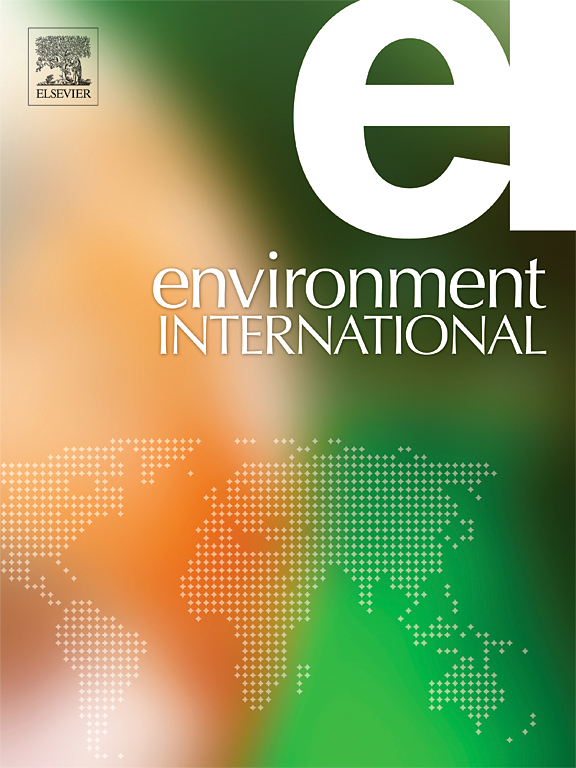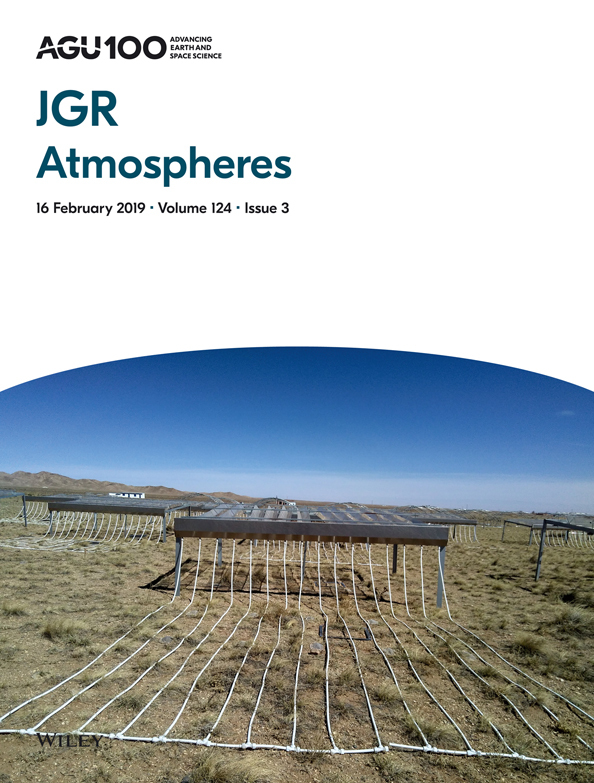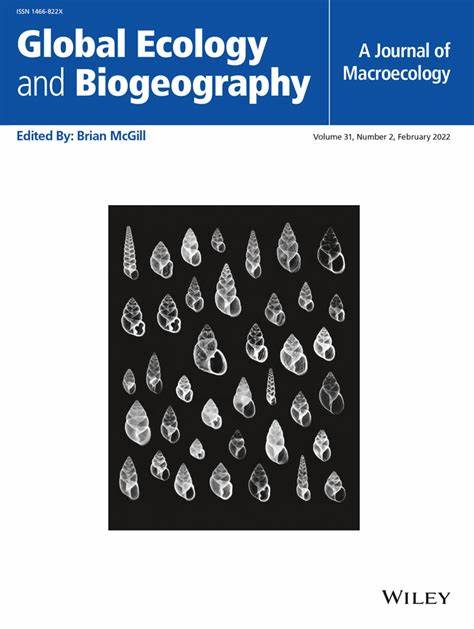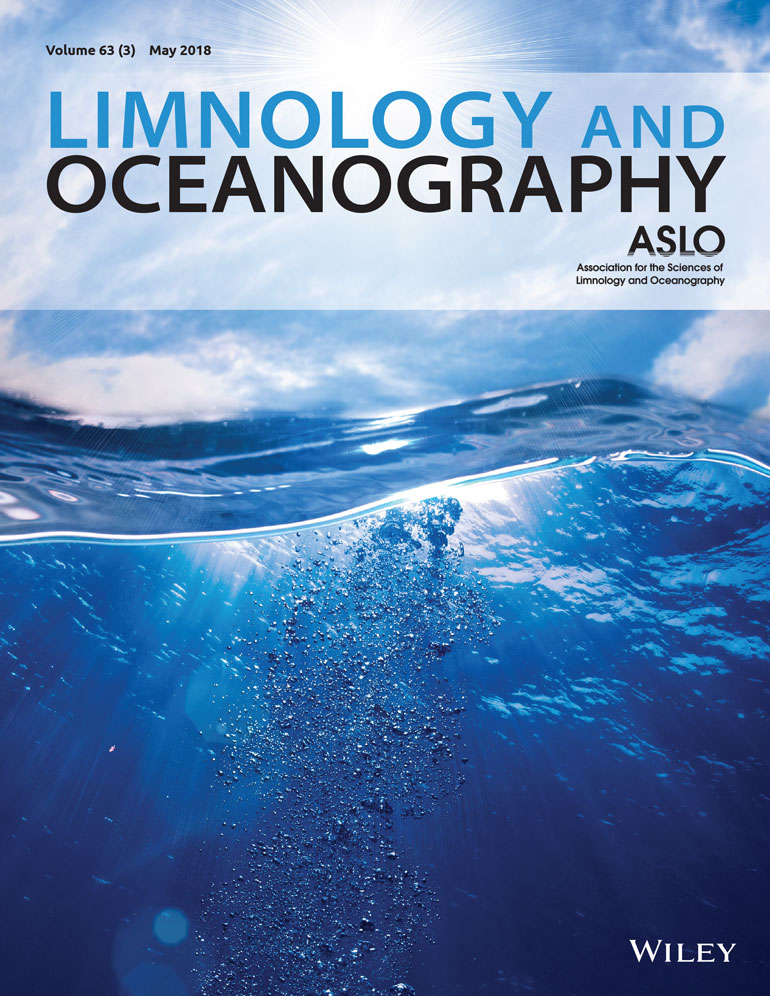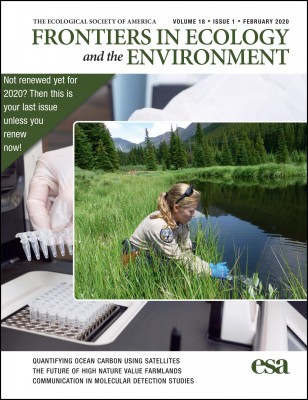- Department:(Dept. 2) Community and Ecosystem Ecology
Heat waves rather than continuous warming exacerbate impacts of nutrient loading and herbicides on aquatic ecosystems
The authors used 48 mesocosms to test how nutrient loading, continuous warming, heat waves and glyphosate-based herbicides interactively impact the growth of submerged macrophytes, phytoplankton and periphyton. Heat waves facilitated phytoplankton growth under combined nutrient loading and glyphosate treatments more than continuous warming. Macrophyte biomass was lowest under these conditions.
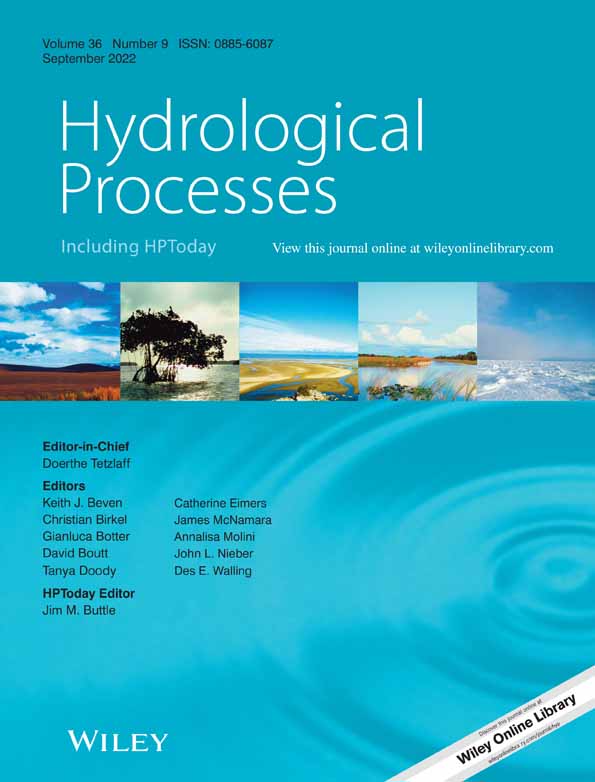
Spatial and temporal dynamics of water isotopes in the riverine-marine mixing zone along the German Baltic Sea coast
The spatial and temporal variability of stable water isotopes were investigated in the Schlei and in the Baltic Sea boddens. The data improve the understanding of hydrological processes behind those dynamics. Further they will be a helpful contribution to multiple IGB projects, e.g. in context of migration studies of pike and analysis of biochemical processes in macrophytes
Multiple angle observations would benefit visible band remote sensing using night lights
The authors propose that next generation night-time remote sensing missions should consider multiple angles for observations in the visible band. They demonstrate via modeling and examples how the proposed method would leverage light pollution studies and unlock new applications for night-time remote sensing.
The rising moon promotes mate finding in moths
The authors have shown for the first time that the moon plays a key role in the reproductive behaviour of male moths: when the moon rises on the horizon, they find females better and faster. Fortunately, they are not bothered by low levels of light pollution.

Spatial and seasonal patterns of water isotopes in northeastern German lakes
In course of measuring campaigns, the spatial and temporal dynamics of water isotopes in northeastern German lakes were evaluated. The data will serve as basis for further studies, for example with respect to connectivity of lakes and biochemical processes in macrophytes.
Incongruent latitudinal patterns of taxonomic, phylogenetic and functional diversity reveal different drivers of caddisfly community assembly across spatial scales
The authors explored the contributions of local vs regional processes and historical vs contemporary factors in establishing macroecological patterns, by assessing the distribution of taxonomic, functional and phylogenetic diversity of caddisfly across the latitudinal gradient in Europe. This shows the importance of regional environmental filtering and the origin of northern communities.
Antecedent lake conditions shape resistance and resilience of a shallow lake ecosystem following extreme wind storms
The goal was to develop a systematic, standardized and quantitative methodology for the synthesis of resistance and resilience relative to short-term lake and extreme storm conditions. Resistance and resilience following extreme storms are primarily shaped by antecedent turbidity and thermal conditions. Increased storm intensity and duration diminish resistance and resilience of the lake.
Warming alters juvenile carp effects on macrophytes resulting in a shift to turbid conditions in freshwater mesocosms
The authors tested the single and combined effects of warmer water (+4.5°C) and benthivorous juvenile common carp on aquatic macrophytes in 24 mesocosms (2500 L). Our study provides evidence for a regime shift from clear-water conditions dominated by submerged or floating-leaved macrophytes to a turbid state triggered by warming impacts on benthivorous fish rather than on macrophytes.
From meta-system theory to the sustainable management of rivers in the Anthropocene
Most existing river conservation, restoration, and biomonitoring practices focus on local-scale strategies and measures. To improve the management of river networks in the Anthropocene, the authors suggest additional metrics and assessment approaches that incorporate regional processes more effectively.
A global agenda for advancing freshwater biodiversity research
Researchers from 90 scientific institutions worldwide have stated that freshwater biodiversity research and conservation lag far behind the efforts in terrestrial and marine environments. They propose a research agenda with 15 priorities aimed at improving research on biodiversity in lakes, rivers, ponds and wetlands. This is urgently needed as the loss of biodiversity there is dramatic.


